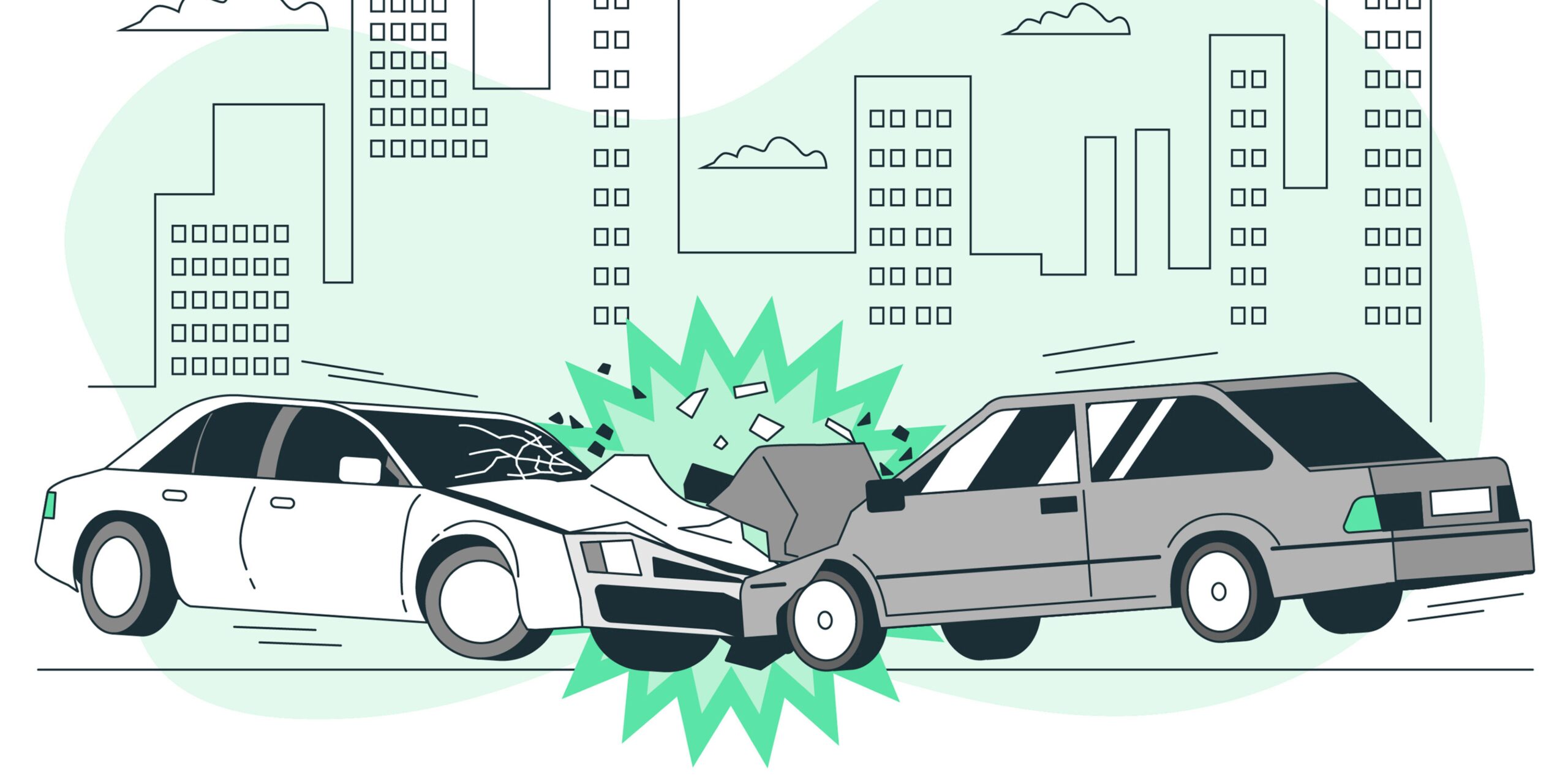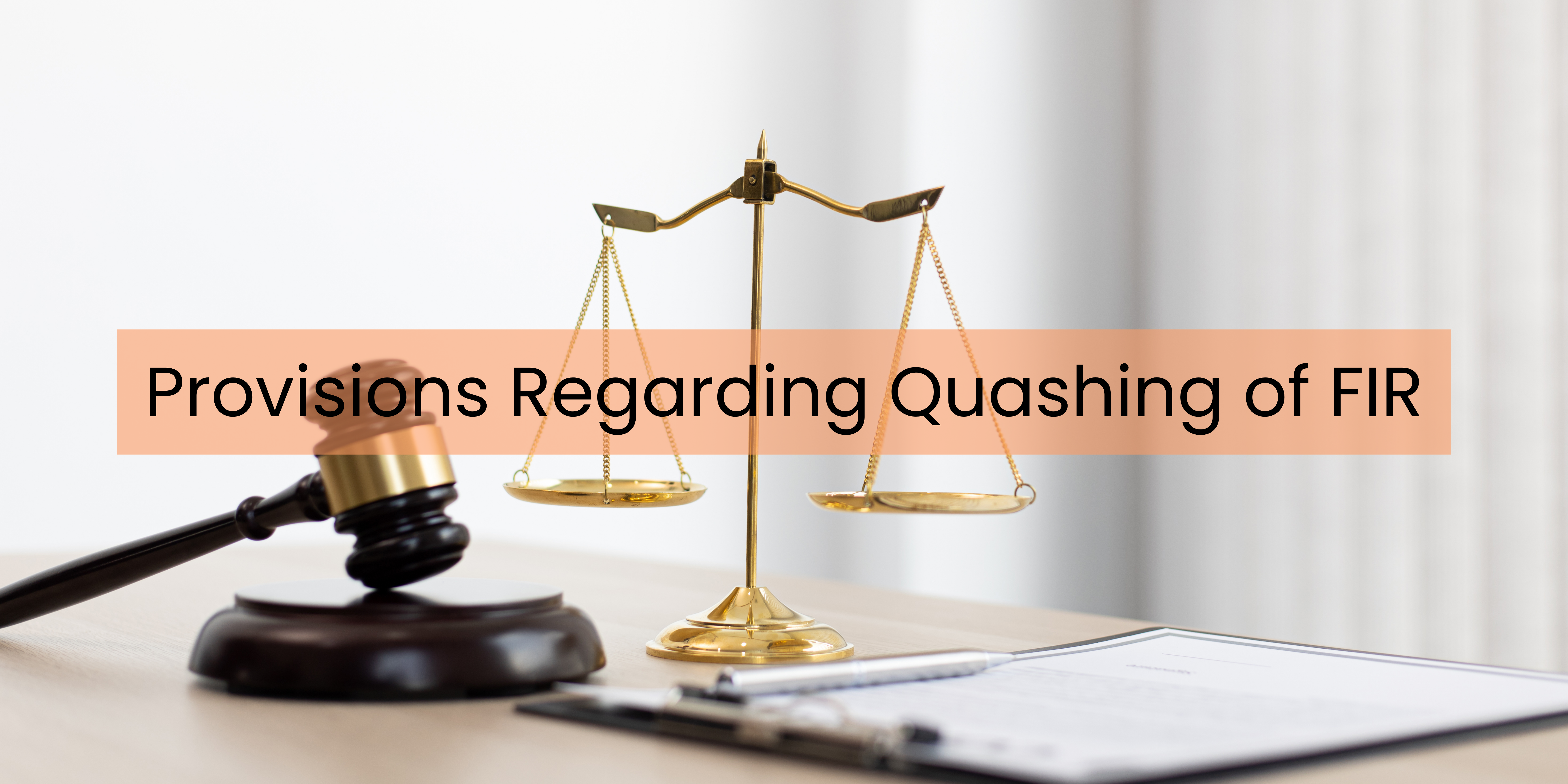Aspiring legal professionals pursuing an LLB degree or interested in Indian law reforms, let’s delve into the recent legal developments surrounding the new hit-and-run law in India. Under the Bharatiya Nyay Sanhita, this law has generated significant debate and opposition, especially from truck drivers across the nation. Let’s explore the nuances of this legislation and the various perspectives associated with it.
Overview of the New Hit-and-Run Law
India’s latest hit-and-run law, embedded within the Bharatiya Nyay Sanhita, signifies a critical stride in addressing the alarming frequency of hit-and-run accidents, responsible for claiming approximately 50,000 lives annually. This legislation seeks to establish accountability for individuals fleeing accident scenes by imposing stringent penalties, including:
- A maximum imprisonment term of 10 years
- A substantial fine amounting to ₹7 lakh
Objectives Behind the Legislation
The revamped law is designed to achieve several pivotal objectives:
- Curbing Hit-and-Run Incidents: Primarily aimed at reducing the prevalence of hit-and-run accidents, the law endeavors to minimize fatalities and injuries on Indian roads.
- Enhancing Accountability: Through stringent penalties, the legislation intends to foster a greater sense of responsibility among drivers involved in such accidents.
- Modernizing Legal Framework: Replacing the outdated Indian Penal Code (IPC), the law introduces comprehensive reforms to the criminal justice system, encompassing alterations to the Criminal Procedure Code (CrPC) and the Evidence Act.
- Empowering Victims: Granting victims the right to provide testimony during trials, the law strives to ensure a more equitable legal process for those impacted by hit-and-run incidents.
- Promoting Road Safety: By imposing severe penalties, the law aims to act as a deterrent, dissuading reckless driving practices and ultimately bolstering road safety standards.
Driver Protests and Apprehensions
The response to this law, particularly from truck drivers nationwide, has been marked by widespread opposition and apprehensions:
- Perceived Severity: Drivers argue that the law’s stringent measures and hefty fines may precipitate financial distress, dissuading existing drivers and deterring potential newcomers from entering the profession.
- Risk of Unjust Sentences: Concerns regarding false accusations and circumstances beyond their control leading to unjust 10-year sentences have intensified drivers’ anxieties.
Impact and Implications of Protests
Ongoing protests have severely disrupted transportation and supply chains.
A substantial proportion of trucks, tempos, and containers remain inactive, significantly affecting the distribution of essential commodities, particularly in major urban centers like Mumbai.
Similar protests across the country have accentuated fears concerning the livelihoods of truck drivers and the industry’s future.
Government’s Stand and Course of Action
Despite vehement opposition, the government remains steadfast in implementing the law.
Union Home Secretary Ajay Bhalla has reiterated the law’s significance in curbing the distressing death toll resulting from hit-and-run accidents.
The government has not signaled any intention to retract the law but has expressed readiness to engage in discussions with the All India Motor Transport Congress (AIMTC) to address grievances.
LLB Students: Take the Wheel!
As aspiring legal professionals, this case presents a compelling opportunity to flex your critical thinking muscles. Here are some questions to think on:
- Does the law strike the right balance between accountability and fairness?
- Are the concerns of truck drivers valid?
- How can the government address the concerns while upholding the law’s objectives?
- What role can lawyers play in ensuring a just and equitable implementation of the law?
Finding the Right Lane
The new hit-and-run law presents a complex legal and ethical puzzle. As future lawyers, our role extends beyond simply memorizing statutes. We must critically examine the law’s implications, understand the diverse perspectives at play, and advocate for solutions that uphold justice for victims, ensure fair trials for the accused, and prioritize the safety of all road users.
This case serves as a valuable learning opportunity, honing our critical thinking, ethical reasoning, and legal analysis skills. By engaging in open discourse, considering all sides of the argument, and proposing constructive solutions, we can contribute to shaping a legal landscape that balances safety with fairness, progress with due process, and justice for all.
Remember, the road to legal reform is rarely smooth. By navigating its twists and turns with an open mind, a critical eye, and a commitment to justice, we can become legal professionals who not only uphold the law but also work to make it a more equitable and effective tool for a safer and more just society.


